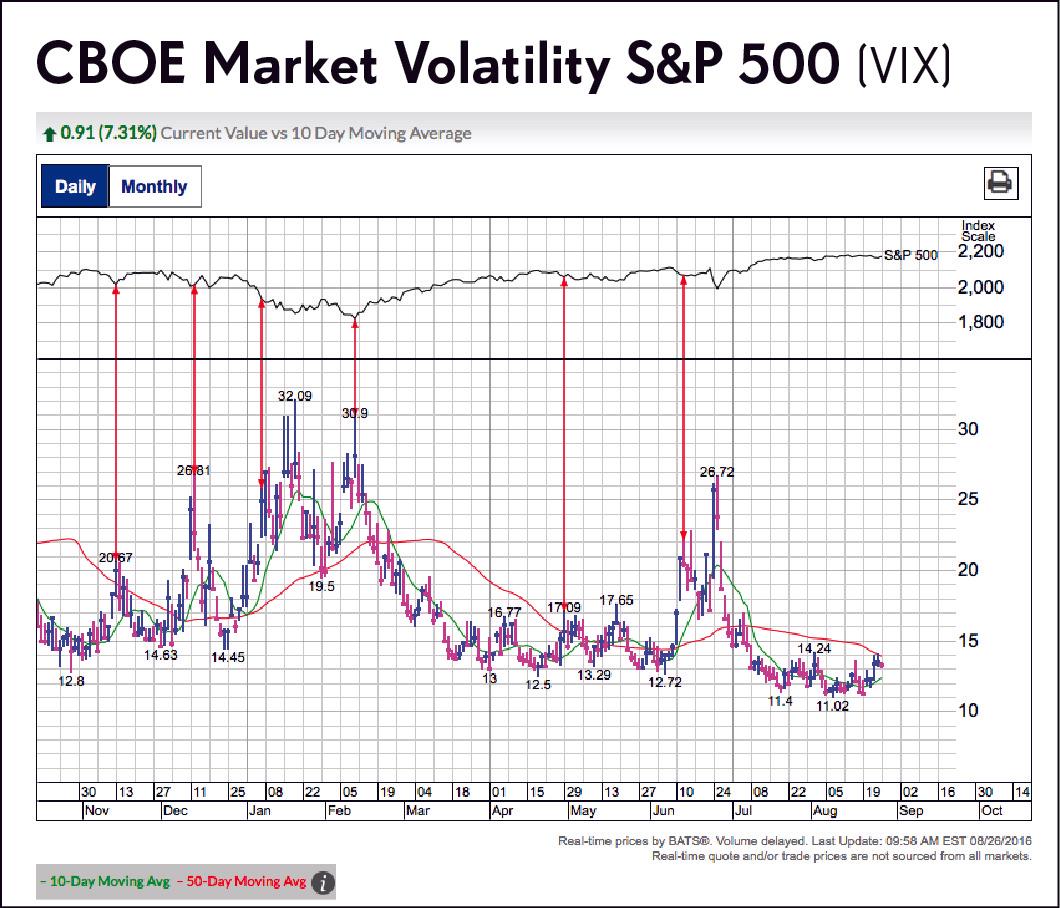Investor Sentiment: Reading the Market's Mood

Investor sentiment is a crucial indicator of the market's mood, and it can provide valuable insights for investors. Understanding how to read investor sentiment can help you make informed investment decisions and navigate the market with confidence. In this article, we will explore the concept of investor sentiment and provide tips on how to read and interpret it.
What is Investor Sentiment?
Investor sentiment refers to the overall mood and attitude of investors towards the stock market. It can be measured through various indicators, such as stock market indices, investor surveys, and economic data. Investor sentiment can be positive, neutral, or negative, and it can influence the direction of the stock market.
Why is Investor Sentiment Important?
Investor sentiment is important because it can provide valuable insights into the market's mood and help investors make informed decisions. When investor sentiment is positive, it can indicate that the market is in a bullish phase, and investors are optimistic about the future. Conversely, when investor sentiment is negative, it can indicate that the market is in a bearish phase, and investors are pessimistic about the future.
Investor sentiment can also influence the direction of the stock market. For example, if investor sentiment is positive, it can lead to a rise in stock prices, while if investor sentiment is negative, it can lead to a decline in stock prices. Therefore, it is important for investors to understand how to read investor sentiment and use it to their advantage.
How to Read Investor Sentiment
There are several ways to read investor sentiment, including stock market indices, investor surveys, and economic data. Here are some tips on how to read and interpret investor sentiment:
Stock Market Indices
Stock market indices, such as the Dow Jones Industrial Average and the S&P 500, can provide valuable insights into investor sentiment. When stock market indices are rising, it can indicate that investor sentiment is positive, while when stock market indices are falling, it can indicate that investor sentiment is negative.
Investor Surveys
Investor surveys, such as the Investor Sentiment Index (ISI) and the Investor Confidence Index (ICI), can provide a more detailed picture of investor sentiment. These surveys ask investors questions about their current investment plans and their level of confidence in the stock market. Higher scores on these surveys can indicate that investor sentiment is positive, while lower scores can indicate that investor sentiment is negative.
Economic Data
Economic data, such as GDP growth and inflation rates, can also provide insights into investor sentiment. When economic data is positive, it can indicate that investor sentiment is positive, while when economic data is negative, it can indicate that investor sentiment is negative.
Conclusion
Investor sentiment is a crucial indicator of the market's mood, and it can provide valuable insights for investors. By understanding how to read investor sentiment, investors can make informed investment decisions and navigate the market with confidence. Investor sentiment can be measured through various indicators, such as stock market indices, investor surveys, and economic data. It is important for investors to understand how to read investor sentiment and use it to their advantage.
In conclusion, investor sentiment is an important indicator of the market's mood, and it can provide valuable insights for investors. By understanding how to read investor sentiment, investors can make informed investment decisions and navigate the market with confidence.





